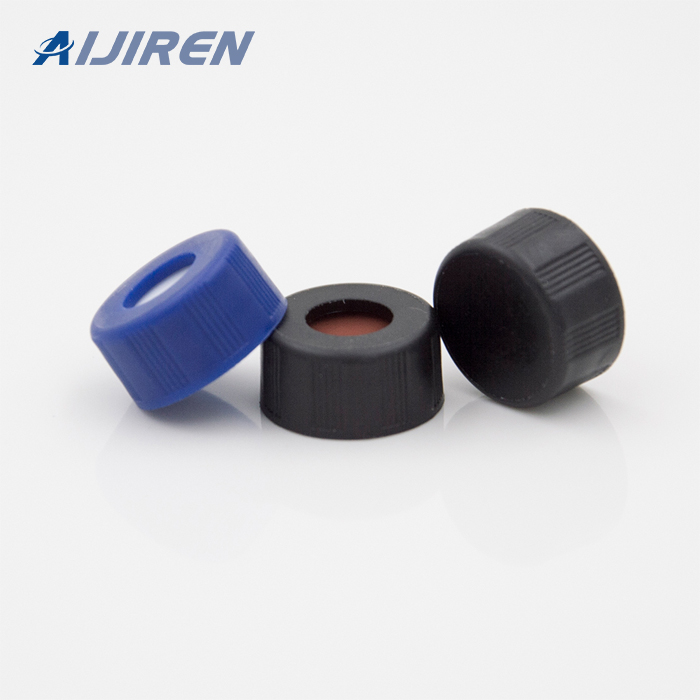

an analysis of a homogeneous sample. The precision is usually expressed as standard deviation (SD) or relative standard deviation (RSD). Precision is evaluated in three levels: repeatability, intermediate precision, and reproducibility. Repeatability refers to the precision obtained by a single analyst for the same sample in a short period of time
In addition to characterizing the quality of selected components, parenteral vial capping optimization programs at ZebraSCI have added benefits to minimize risk down the road. Assurance of package integrity originates from the use of appropriate materials, accurate and optimum closing properties, proper dimensional fit and consistent control of
Precision is defined in VIM3 as the closeness of agreement between indications or measured quantity values obtained by replicate measurements on the same or similar objects under specified conditions—a crucial idea for analytical chemists. But precision as such is not quantified.
Various concepts have been introduced to improve students’ analytical thinking skills based on problem based learning (PBL). This paper introduces a new concept to increase student’s analytical thinking skills based on a visual learning strategy. Such a strategy has three fundamental components: a teacher, a student, and a learning process.
Handbook of Analytical Techniques, 2 Volume Set.pdf. Ebaa A D N A N Azooz. See Full PDF Download PDF. See Full PDF Download PDF. Related Papers.
non-volatile material that can remain in the GC system and result in poor analytical performance. Many laboratory analysts use extensive sample preparation techniques to extract and concentrate the compounds of interest from this unwanted non-volatile material. These extraction and concentration techniques can become time consuming and costly.
amount of material to be collected for each sample (Section 4.7.3 and Section 7.5)! sampling locations and frequencies (Section 5.5.2)! standard operating procedures (SOPs) to be followed or developed (Chapter 7)! analytical bias and precision (e.g., quantitative or qualitative) (Appendix N)
Choosing the right partner for analytical and biosafety testing is critical in the race to approval. Our BioReliance ® Contract Testing Services offer exceptional, risk-mitigating solutions with technical and regulatory expertise, to help bring life-changing drugs to market. Our testing and manufacturing services span the product cycle from
Nov 16, 2022 · The CGMP regulations require the use of validated methods when performing routine testing of raw material, in-process material, and finished products (21 CFR 211.160, 211.165(e), and 211.194) for
Jul 20, 2016 · Attention should be given to open vial stabilities published in the product insert. Most control materials must be kept between 2-8oC, even after reconstitution, so if the control material is kept at room temperature on the analytical bench most of the day, open vial stabilities and consequently control results may be compromised.
For example, initial analysis showed how aspiration of the standard multiple times out of a single vial could negatively impact peak area relative standard deviations. However, aliquoting the sample into separate vials increased the precision of the method over the 10 hours or five replicate injections due to minimal evaporation for the sample
Choose from hundreds of free courses or pay to earn a Course or Specialization Certificate. Explore our catalog of online degrees, certificates, Specializations, &; MOOCs in data science, computer science, business, health, and dozens of other
An important part of this selection process is determining how the system will be installed and what factors can affect its operation once it's up and running in your process line. Consider how these five factors can affect your system's weighing accuracy: Load cell accuracy. Load factors. Environmental forces.
Common technical definition. Accuracy is the proximity of measurement results to the accepted value; precision is the degree to which repeated (or reproducible) measurements under unchanged conditions show the same results. In the fields of science and engineering, the accuracy of a measurement system is the degree of closeness of measurements
devotion and help in the understanding of the ancient marvels. They demand to the mind through the visual auditory senses. When we use visual aids as teaching aid, it is one of the aspects which root participation of students in the lesson because when students look at visual model or aid, it is measured as a kind of contribution.